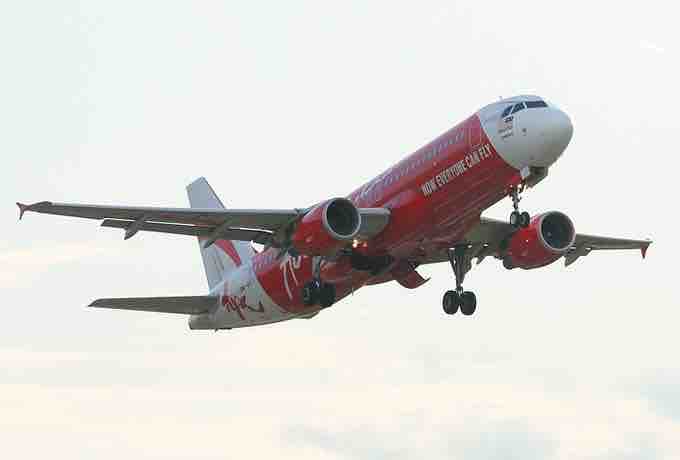Every investment includes cash outflows and cash inflows. There is the cash that is required to make the investment and (hopefully) the return.
In order to see whether the cash outflows are less than the cash inflows (i.e., the investment earns a positive return), the investor aggregates the cash flows. Since cash flows occur over a period of time, the investor knows that due to the time value of money, each cash flow has a certain value today . Thus, in order to sum the cash inflows and outflows, each cash flow must be discounted to a common point in time.

Airplane
Before purchasing a new airplane, airlines evaluate the NPV of the plan by calculating the PV of the revenue it can earn from it and the PV of its cost (e.g., purchase cost, maintenance, fuel, etc. ).
The net present value (NPV) is simply the sum of the present values (PVs) and all the outflows and inflows:
NPV = PVInflows+ PVOutflows
Don't forget that inflows and outflows have opposite signs; outflows are negative.
Also recall that PV is found by the formula
The sign of NPV can explain a lot about whether the investment is good or not:
- NPV > 0: The PV of the inflows is greater than the PV of the outflows. The money earned on the investment is worth more today than the costs, therefore, it is a good investment.
- NPV = 0: The PV of the inflows is equal to the PV of the outflows. There is no difference in value between the value of the money earned and the money invested.
- NPV < 0: The PV of the inflows is less than the PV of the outflows. The money earned on the investment is worth less today than the costs, therefore, it is a bad investment.